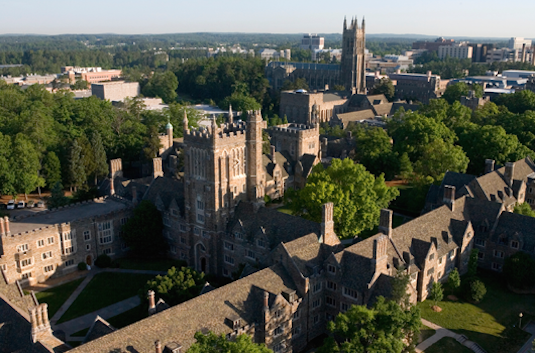The Biogeochemical Cycle of Mercury in an Era of Environmental Change

Mercury is a naturally occurring element that has been mined and released by humans for more than 3,000 years. Inorganic mercury is released by human activities and makes up the majority of the mercury reservoir in the environment. However, only the organic form of mercury, methylmercury, biomagnifies in food webs and is associated with potent neurodevelopmental impacts in humans and wildlife. Understanding the microbial reactions and geochemical conditions conducive to the formation of methylmercury has been the focus of many years of research due to global impacts on the health of fish-consuming wildlife and human populations. The majority of global methylmercury exposure for human populations is from marine ecosystems due to bioaccumulation in predatory fish at levels that are a million times, or more, higher than seawater and large commercial fisheries. This presentation will provide an overview of recent advances in the understanding of methylmercury formation, uptake by phytoplankton, and biomagnification in marine food webs. My approach combines new field data collection, experimental measurements and numerical modeling. Using data from diverse marine ecosystems, I will present a new model for methylmercury uptake by phytoplankton that considers impacts of dissolved organic carbon and phytoplankton community structure. I will discuss how changes in the biogeochemistry of marine ecosystems (temperature, stratification, dissolved organic carbon, trophic structure) are af







